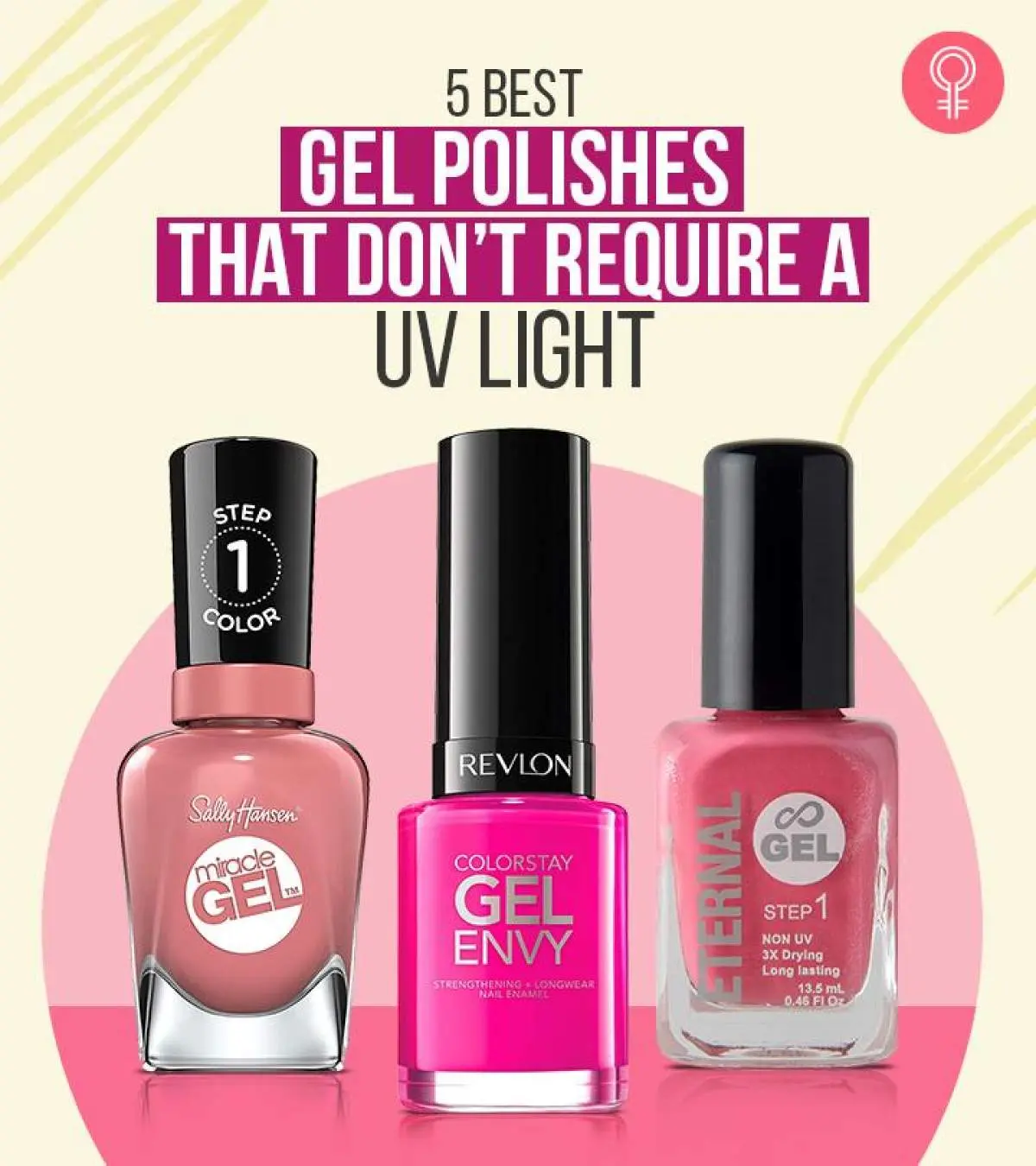
A stark divergence in cosmetic safety standards has emerged with Europe’s recent polish ingredient ban. As of September 1, 2025, the European Union (EU) enforced a ban on Trimethylbenzoyl diphenylphosphine oxide (TPO), a common ingredient in gel nail polishes, across all 27 member states and nations adhering to EU regulations like Norway and Switzerland. This decision, driven by health concerns, contrasts sharply with the United States, where the Food and Drug Administration (FDA) has not implemented a similar restriction, leaving American consumers and the beauty industry operating under different rules.

Europe’s Gel Polish Ban: The Details
What is TPO and Why Was it Banned?
Trimethylbenzoyl diphenylphosphine oxide, or TPO, serves as a “photoinitiator” in gel nail polishes. This chemical allows the polish to quickly harden under UV or LED light, providing long-lasting color and durability. However, European regulators have classified TPO as a CMR (Carcinogenic, Mutagenic, or Reprotoxic) substance. According to the European Union, studies, primarily conducted on animals, have raised concerns about potential fertility issues, reproductive health problems, and skin allergies or sensitization associated with TPO exposure.
The EU’s decision is characterized as a precautionary measure, prioritizing consumer protection even in the absence of definitive, large-scale human studies, according to reports from sources like The Independent. This proactive approach reflects a commitment to erring on the side of safety when potentially harmful chemicals are involved in consumer products.
When and Where Did the Ban Take Effect?
The ban officially took effect on September 1, 2025, across all European Union member countries and other nations that align with EU cosmetic regulations. The initial decision to restrict TPO was announced in May 2024, with the final ban date revealed earlier in the summer of 2025, as reported by Times Now. This timeline provided a period of adjustment for manufacturers and salons, although some have expressed concerns about the speed of the transition.
Impact on the European Beauty Industry
The EU’s polish ingredient ban has created significant operational challenges for the beauty industry in Europe. Nail salons are now required to dispose of all existing stock containing TPO, with no exceptions or extensions for selling the products, according to industry sources. Manufacturers are actively reformulating their gel nail polishes to eliminate TPO, with “TPO-free” formulations expected to become a key selling point. Manucurist UK, for example, highlights its commitment to TPO-free products on its website.
The transition has not been without its difficulties. Some beauty professionals have voiced concerns that the September 1st deadline did not allow sufficient time to replace their inventory, potentially leading to temporary shortages or disruptions in service.
The US Stance: Why No Similar Ban?
Divergence in Regulatory Standards
In stark contrast to Europe, the United States has not regulated TPO, allowing its continued use in gel nail polishes without restrictions. This difference in regulatory standards is not uncommon; the US has historically adopted a different approach to various food additives and chemical ingredients banned in Europe. This divergence often stems from differing risk assessments, economic considerations, and regulatory philosophies.
Potential Indirect Impacts on the US Market
Despite the lack of a direct ban in the US, the EU’s action could still indirectly affect the American beauty industry. If US companies source products from Europe, they may face supply chain disruptions. Furthermore, manufacturers who reformulate for the European market might choose to apply these TPO-free formulations to their US products as well, avoiding the complexities and costs of producing two separate versions, as suggested by Cosmetics & Toiletries magazine.
The EU’s ban could also prompt US regulators to reconsider their position on TPO. Consumer advocacy groups may leverage the EU’s decision to pressure the FDA to conduct a more thorough review of the chemical’s safety. However, as of now, there is no indication that the FDA is planning to implement a similar ban.
FDA’s Recent Actions: A Focus on Other Nail Product Concerns
While TPO remains unregulated in US gel polishes, the FDA has recently issued warnings regarding methylene chloride, a banned and potentially carcinogenic solvent found in some gel nail polish removers. The FDA found that nail product manufacturers and distributors failed to declare methylene chloride on their ingredient lists. According to WFLA, exposure to methylene chloride can cause cancer, liver damage, and even death. This action demonstrates the FDA’s ongoing vigilance in broader nail care product safety, even as it takes a different approach to TPO.
Navigating the Shifting Landscape
Consumer Awareness and Choices
The EU’s ban on TPO and the contrasting situation in the US highlight the importance of consumer awareness. Consumers in the US who are concerned about TPO exposure can take steps to minimize their risk. This includes carefully reading product labels, researching brands, and choosing gel nail polishes that are explicitly labeled as “TPO-free.” As the demand for safer alternatives grows, more US manufacturers may be incentivized to offer TPO-free options.
The Future of Gel Polish Regulation
The future of gel polish regulation in both Europe and the US remains uncertain. The EU may continue to scrutinize other chemicals used in cosmetic products, potentially expanding its list of banned ingredients. In the US, the FDA may face increasing pressure to align its standards with those of Europe, particularly if new scientific evidence emerges linking TPO to significant health risks. The ongoing debate surrounding TPO underscores the complexities of balancing consumer safety, industry innovation, and regulatory oversight in the global beauty market.
The contrast between Europe’s proactive ban on TPO in gel nail polishes and the US’s continued allowance of the ingredient underscores differing approaches to cosmetic safety regulation. While European consumers benefit from a precautionary measure aimed at minimizing potential health risks, US consumers must rely on their own vigilance and brand transparency to make informed choices. The long-term impact of this divergence remains to be seen, but it highlights the ongoing need for robust scientific research, transparent labeling, and proactive regulatory oversight in the ever-evolving beauty industry.

